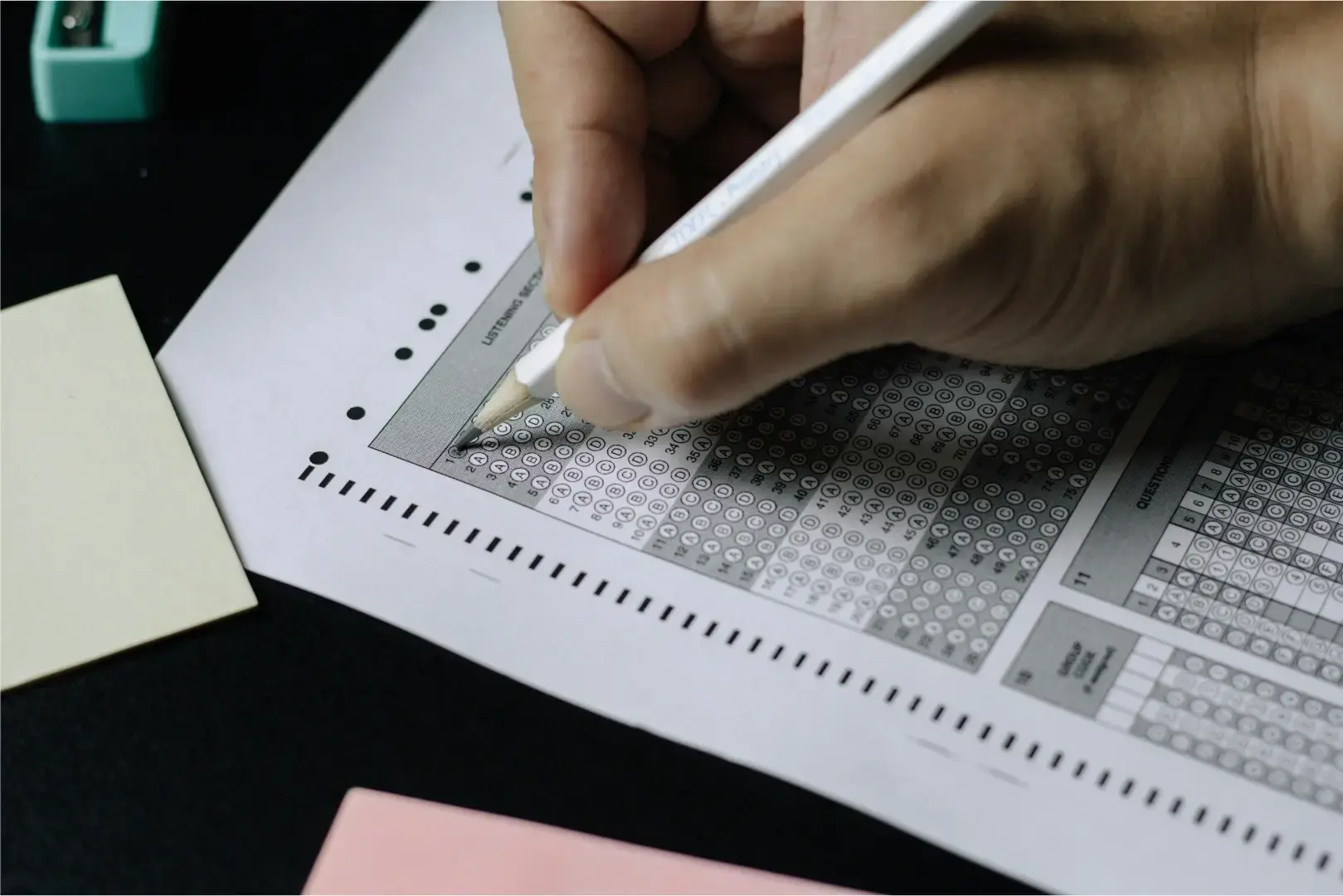
Testing the system without a test environment in the client's system
Explore innovative techniques like stubs, drivers, API mocking, and contract testing to ensure seamless software integration when test environments are unavailable
Introduction
Testing software that integrates with external systems that lack dedicated test environments presents unique challenges. Ensuring seamless communication between systems under such constraints requires a strategic approach that balances realism and flexibility. Techniques like stubs, drivers, API mocking, and contract testing offer powerful solutions to simulate and validate interactions, even when access to real environments is unavailable.
Understanding the System
When testing integration points, stubs and drivers are crucial in simulating missing components. Stubs mimic the behaviour of modules that provide input data, making them essential for top-down testing. They allow the system under test to function as if it were receiving accurate responses from external systems. Drivers, on the other hand, replicate higher-level components, enabling bottom-up testing by pushing data into the system. These tools bridge gaps in the testing process, ensuring each component’s functionality is thoroughly verified before full integration.
Test Strategy Development
Mocking APIs is another cornerstone of integration testing in environments without real counterparts. Testers can replicate various scenarios by simulating external APIs, from successful responses to error conditions. This approach facilitates validation of expected behavior and allows for exploring edge cases and potential failures. Using mocked APIs, developers can evaluate how their software handles unexpected data formats, invalid inputs, or delayed responses, ensuring that the system remains resilient under a variety of conditions.
Error handling is a critical aspect of integration testing. The ability to anticipate and respond to failures is key to delivering reliable software. Simulating scenarios like timeouts, invalid responses, or network disruptions can reveal weaknesses in error management. By injecting these conditions into test cases, testers can verify that the system gracefully recovers from failures, logs errors effectively, and provides meaningful feedback to users or administrators. This focus on robustness ensures the software can maintain functionality and reliability, even under adverse circumstances.
A critical but often overlooked element of integration testing is the use of realistic test data. While useful for initial validation, synthetic data usually lacks the complexity of real-world scenarios. Realistic data helps uncover issues that may only arise in production, such as data formatting mismatches, edge-case behaviour, or unexpected payload sizes. By mirroring real data’s structure, volume, and variability, testers can create a more accurate simulation of operational conditions. Even anonymized versions of production data can provide invaluable insights without compromising privacy or security.
Contract testing further enhances the reliability of software integration by formalising expectations between interacting systems. A contract specifies the structure of requests and responses, serving as a mutual agreement between the software under test and its external dependencies. Validating against these contracts ensures compatibility and minimizes the risk of miscommunication between systems. By detecting mismatches early in the development cycle, contract testing prevents costly errors and aligns all stakeholders around a shared understanding of integration requirements.
Conclusion
The combination of these techniques creates a comprehensive framework for testing integrated systems. Stubs and drivers offer targeted testing of individual components, while mocked APIs and realistic data provide the means to simulate real-world conditions. Error handling and contract testing ensure the system is resilient and adheres to agreed-upon specifications. Together, these methods enable developers to deliver robust, reliable software that integrates seamlessly, even in the absence of external test environments.
The challenges of integration testing without access to client systems underscore the importance of a strategic and well-rounded approach. By leveraging the right techniques and focusing on realism, developers can overcome these limitations and deliver high-quality solutions. This thoughtful testing process ensures that software functions as expected and performs reliably in real-world scenarios, meeting both technical and business requirements.

Contact us.
If you need a partner in software development, we're here to help you.
We will respond to your enquiry immediately.